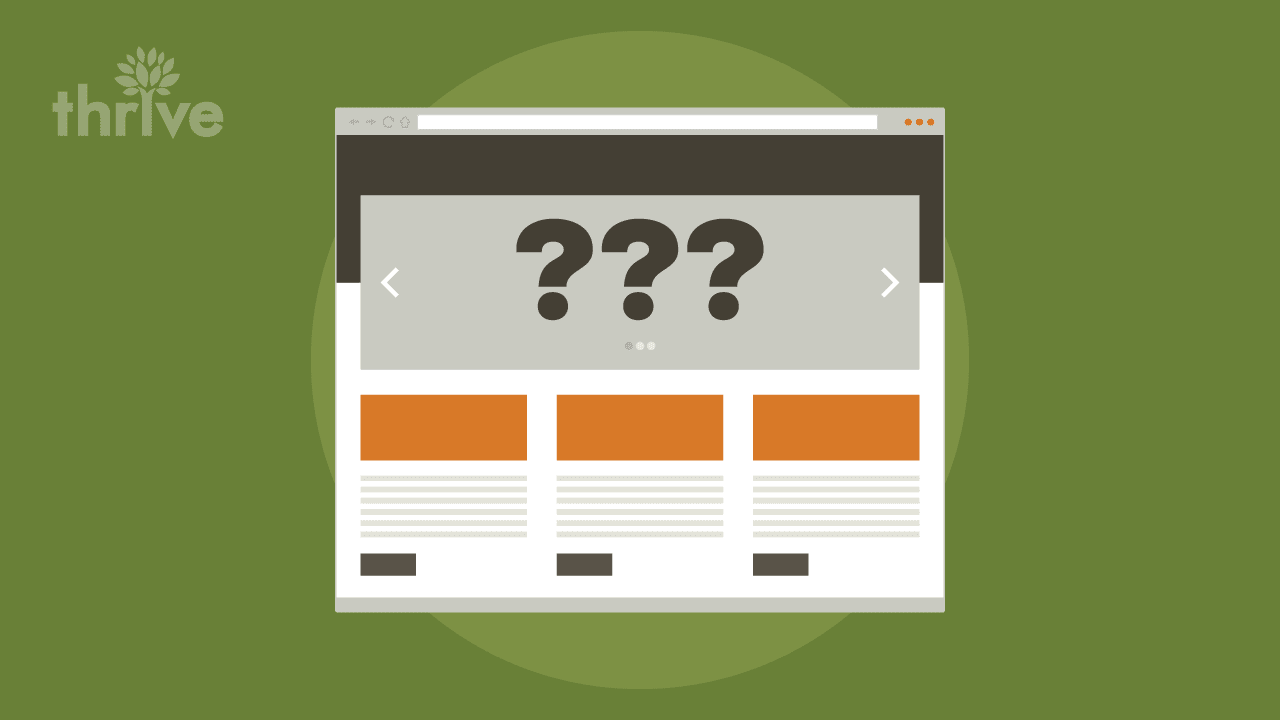If you’re not yet using landing pages for lead generation, you’re missing out.
These types of website pages are essential tools to harness the traffic you bring in through ads and campaigns. In short, these special pages help you convert that traffic into leads.
But, how do they work?
The basics of a landing page
Technically, a landing page can be any destination where visitors “land” when they first come in contact with your website. A general landing page can be your home page or contact page – but it shouldn’t.
Instead, your page should do some heavy-lifting. It shouldn’t just be a gateway.
As HubSpot notes, leading your visitor from an ad to your homepage is confusing. What are they supposed to do? Without any direction, they may or may not engage in aimless browsing. Ultimately, they will leave.
Here’s how the ad traffic flow to your site should look:
The person sees your ad. The person likes the ad, so they click on it. The ad leads this visitor to a landing page, which urges them to enter their information in a form (like their name and email address) for some benefit the ad promised. The visitor follows suit and hits “enter.”
And so, the page in question has done its work. The random person on the internet turned into a concrete lead you can follow up with.
How to use a landing page for conversion rate optimization
As you can see, if you want better conversions from your pay-per-click (PPC) ads, social ads, or other campaigns, landing pages can help you do it.
However, there are some keys to effective landing pages to keep in mind so you can nail conversion rate optimization.
1. Avoid distractions
Your page needs to be super-focused if you want it to be effective. You need to hone the message to ONE topic (the offer) and why the visitor should give you their details to get it. Why is the offer valuable to them?
This page should contain minimal links going elsewhere – no navigation, few others. You don’t want your visitors leaving – you want them to stay and take you up on your offer!
2. Exchange information for value (an offer or discount)
If you made an offer in your ad, you need to follow up on the landing page. You should be giving out this offer in exchange for information (the visitor’s name, email, etc.).
This exchange is the entire point of a landing page, so make it easy to read, understand, and fill out. Make it super clear what the visitor’s action should be, so that there’s no possibility of confusion.
3. Make sure it’s simple and short
Internet users have famously short attention spans. If you don’t get to the point and do it quickly, you’ll lose them.
As such, don’t write paragraphs about your offer. In fact, don’t write paragraphs, period. A few lines (and possibly some bullet points) should be all it takes to get the gist of your offer across and the benefits you/your business/the offer can provide to the visitor.
4. Use a single CTA
Continuing with the theme of keeping it simple, make sure you are only using one call-to-action on your page. Direct your audience to one action, and you’ll have a better chance of scoring their contact information and that conversion.
5. Deliver the offer as promised
Once the visitor has filled out your landing page form and hit “submit,” your site needs to take them to a “thank you” page where the offer is waiting for them. If you fail to provide the promised offer, that potential customer will leave unsatisfied with your business/brand.
6. Max your CRO: Don’t ask for too much information
You only need a few key contact details to follow up with your lead – you don’t need to know a million details right off the bat.
Again, keep the form simple and quick to fill out to maximize your conversion rate optimization.
Don’t miss out on great leads – guide them to your door
On the lead generation journey, you want to do everything in your power to help the random internet user become a visitor to your site, then a lead, then a customer. If your ads and campaigns lead to a generic page, like your homepage or contact page, you’re not helping your cause.
Instead of taking your visitor/potential lead on a road to nowhere, guide them strategically to a landing page that will convince them to convert. This is one of the keys that can lead your brand to make more sales overall.

